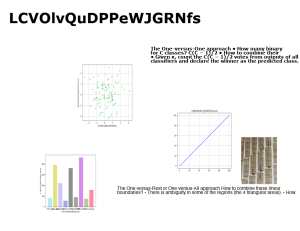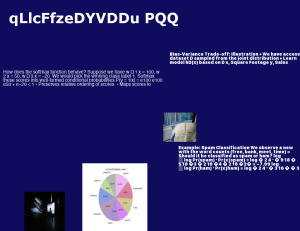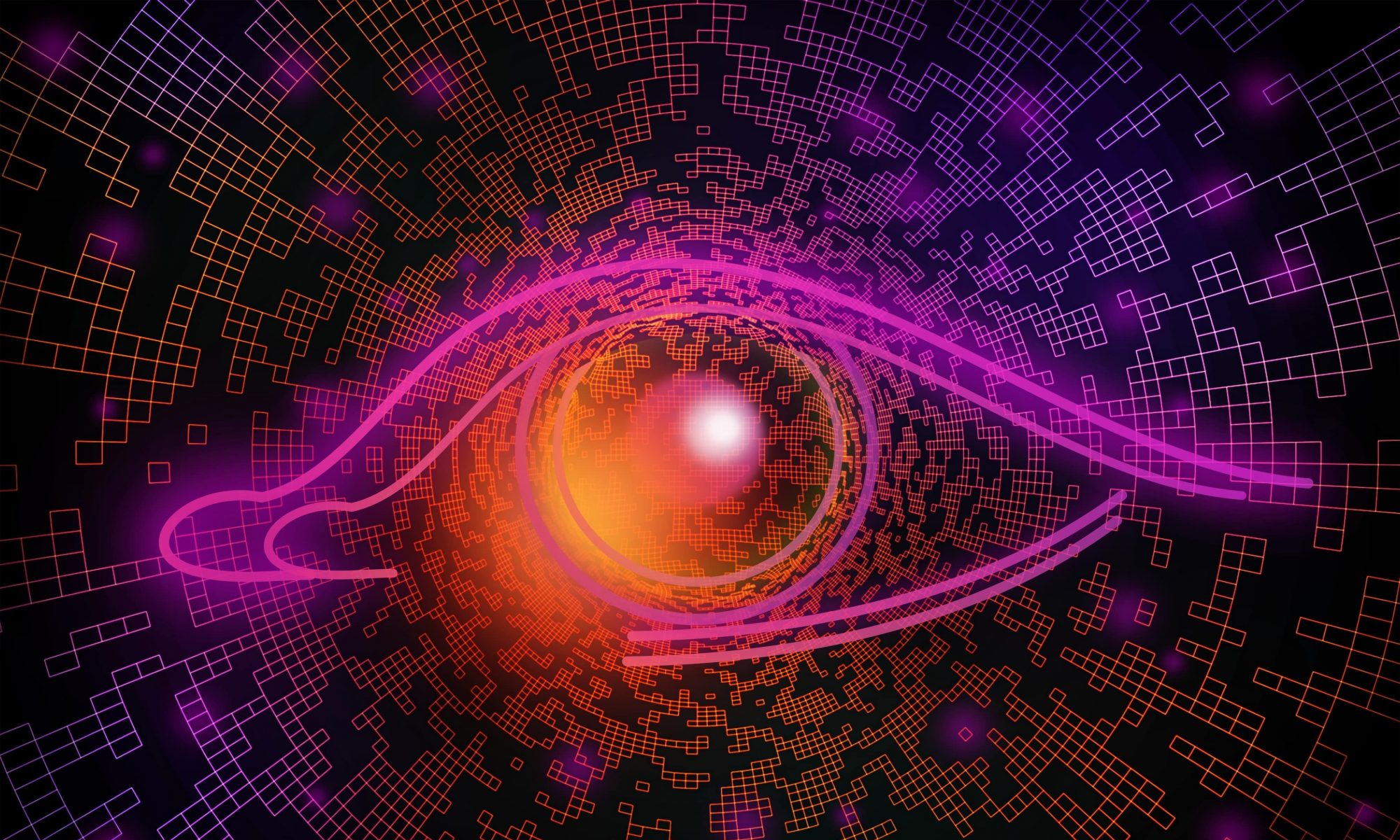I think we have grown as a team in terms of many skills like communication, planning, and time management. Throughout the semester so far, one strategy we have started employing recently is setting regular times to meet outside of class to work on our project, even though what we have to work on is separate and does not necessarily require other teammates to complete. This makes us more accountable and productive and was particularly useful before our interim demo. For joint tasks like data collection, we also set specific goals for how many images we wanted to gather per day, and we were able to stick to that schedule. One final strategy is to ask for help early on – I think that earlier in the semester, when we got stuck on something, we would try for a long time to figure it out on our own, but with the end-of-semester deadlines approaching, we found that it is best to ask for help immediately to resolve any issues.
The most significant risk is still the ML models not working. The ML model we must have working for our final project is the slide detection model, which is necessary to get any sort of output from our app. It must be able to at least identify the slide and output the text on the slide, even if the graph data cannot be extracted. We have been managing this risk by taking a lot of images that we can use to train the model on, and have contingency plans involving taking more images later on if the model is not accurate enough. Similarly, we have a lot of data for the graph data extraction model, but they are all similarly formatted because we decided to auto-generate them through a python script. If need be, we can find another dataset online that contains pre-tagged graph data in order to make the training set more diverse.
Here are some of the sets of pictures that we took in different lecture rooms across campus. We projected sample slides in HH-1107 and WEH-7500 as you can see below, but we also took images in other rooms. Below, we’ve shown what an image of a slide looks like with our camera, and also that we’ve managed to capture many slides from these angles.

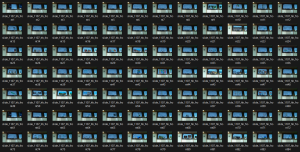

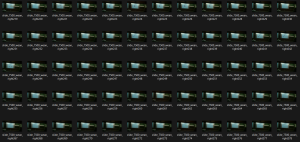
We also fixed a bug (regarding the checkered box pattern instead of text) in the random slide generation, allowing for better quality slides to be produced. Here are some examples – we were able to generate 10,000 slides like this.
